-
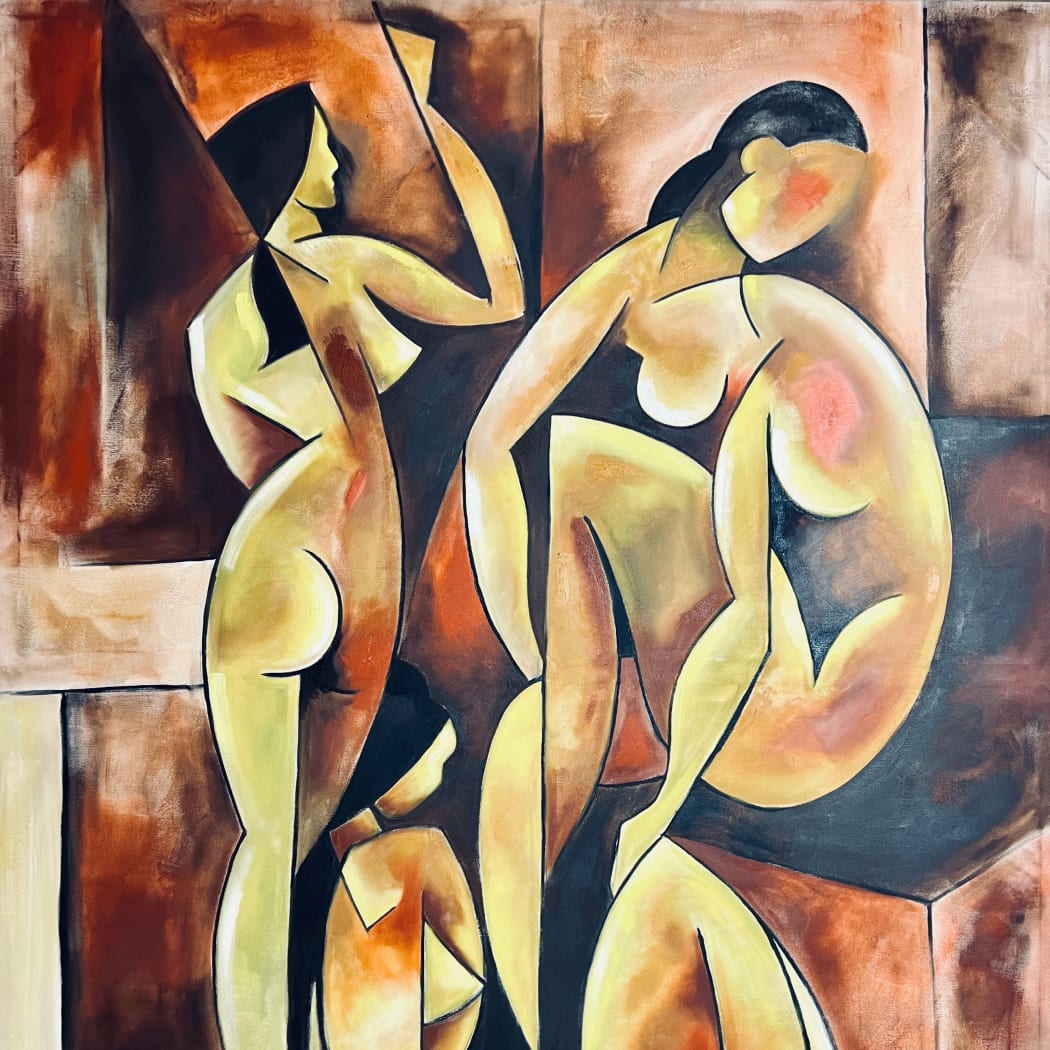
Max Hembrow explores still life and human forms. The images he creates are fragmented, and presented on the canvas from a multitude of perspectives and viewpoints, inspired by twentieth century cubist practices.
The work presented in Max’s solo exhibition, ‘Cubism Reimagined,’ largely follows on from the traditions of analytical cubism, the earliest stage of the movement, which tends to be temporally situated between 1908 and 1912. Analytical cubism is characterised by its dissection of the subject of the painting, and thus the fragmentation of the subject into numerous smaller parts. It is also distinguishable by its limited and tonal colour palettes. Analytical cubism gave way for a shift in perceptions and expectations of the painted image, that would steer the world of art away from classicism and towards modernism. This cubist style, though fascinating from an art history perspective, is also technically and visually impressive.
Hembrow’s latest pieces, which were exhibited at 508 Gallery during his solo show in April and May 2022, reflect his deep interest in the analytical cubist method of constructing images on canvas. His works lie somewhere on the trajectory between representation and abstraction; his subjects are familiar but stylised. The way in which Hembrow stylises the subjects in his pieces in many ways evokes the works of the icons of cubism such as Pablo Picasso, Georges Braque and Jean Metzinger, but is also very specific to his own artistic language and approach. He creates a very distinctive sense of atmosphere, depth and space in his works. His use of light and shadow and his striking colour palettes make his work very recognisable.
Much work in contemporary art has been influenced by cubist practices, but Hembrow’s pieces look at this tradition very closely. He reimagines these familiar images and techniques in his work. However, Hembrow’s bold bright colours, his masterful combinations of warm and cool palettes, and his sharp outlines with smooth and detailed shading add a contemporary element to his compositions. He examines historic cubist practices using techniques and palettes that came to the forefront in the latter part of the twentieth and the twenty-first centuries. As such, he poses some fascinating questions about art history and the blending of past movements in fine art with newer practices.
In his selection of pieces for ‘Cubism Reimagined,’ Hembrow also incorporated several sketches in charcoal and soft pastel. These pieces added a visually striking minimal element to the exhibition space, and showed another facet of Hembrow’s artistic practices. The sketches, much like his paintings, are stylised, and the line work is very bold and expressive. These works take some inspiration from the broader cubist style, but they show a strong contemporary influence in that they are heavily shaded and the charcoal or pastel is thickly applied and layered, as in other more abstract drawing work.
This exhibition was a fascinating exploration of the legacies of cubism and the ways in which this movement has been, and can be, an inspiration to contemporary artists working with visual media.
-
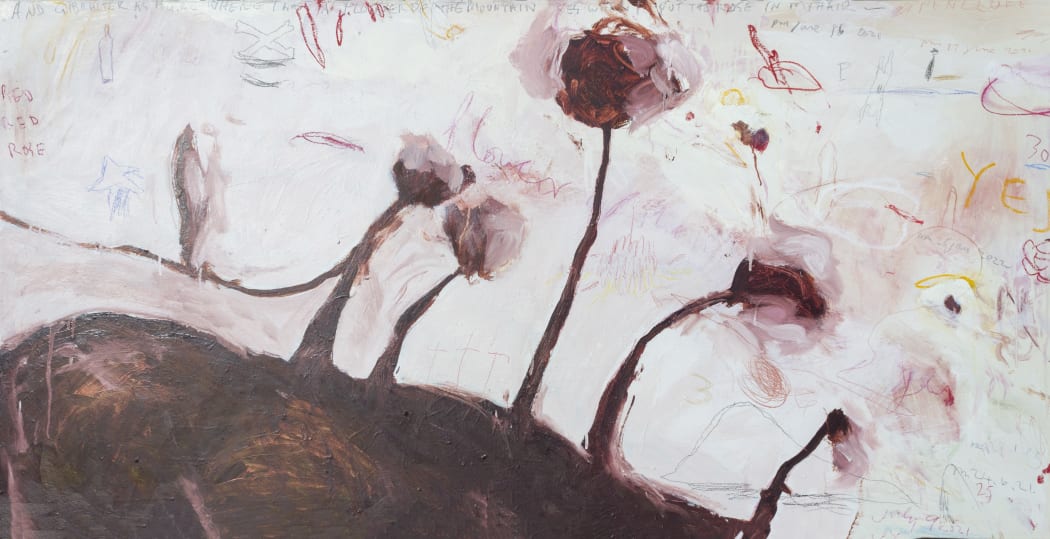
The crisis of authorship in art history, which began to set in with the avant-garde movements of the early 20th century and found a new impetus in post-war art, led to widespread reflection on the processes of automation in painting...
-
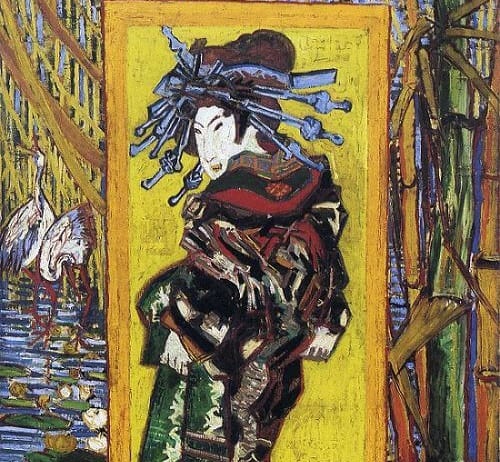 Vincent van Gogh, Japonaiserie, 1887
Vincent van Gogh, Japonaiserie, 1887Analysing East Asian contemporary art, whether it is Chinese, Korean or Japanese, is faced with the proposition of ‘Asianess’, the term itself indicates exclusion and differentiation from the rest of the contemporaneity. Before we delve into the contemporary issue, we should focus on 19th-century modernity, as this period greatly influenced our critical understanding of the matter.
-
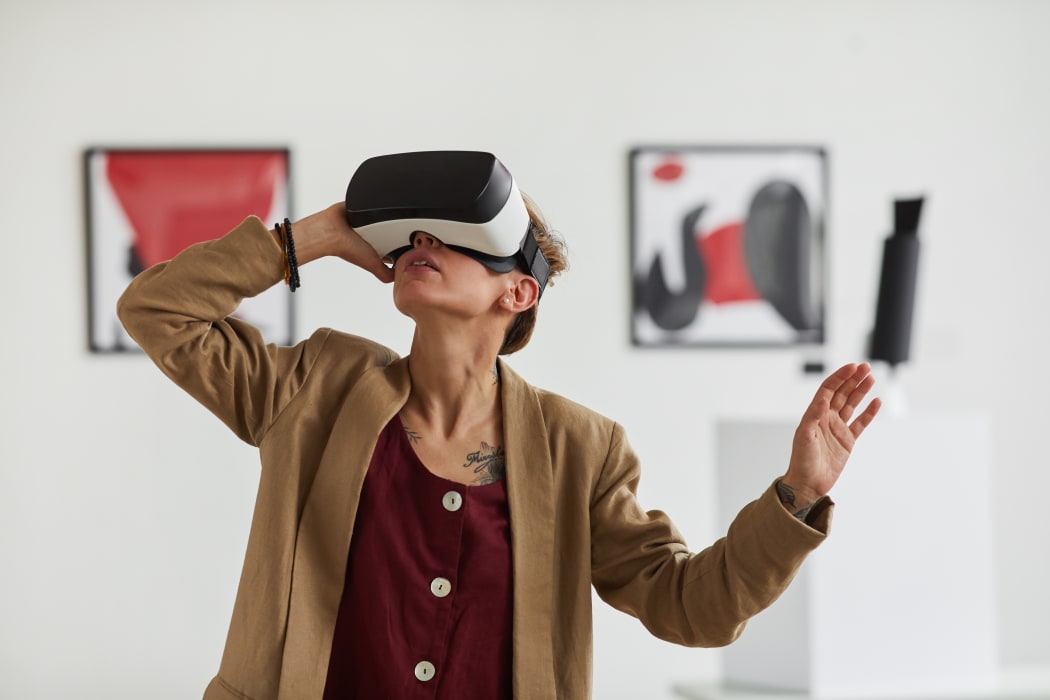
Due to the global pandemic, a lot has changed for better or worse. This isn’t a narrative about how galleries and museums have used technology to rescue themselves and their exhibitions during lockdowns(some didn’t attempt to, many couldn’t afford to or tried and failed) instead, it is about how they handled lockdowns and ongoing restrictions by using technology to protect themselves from the unknown.
-
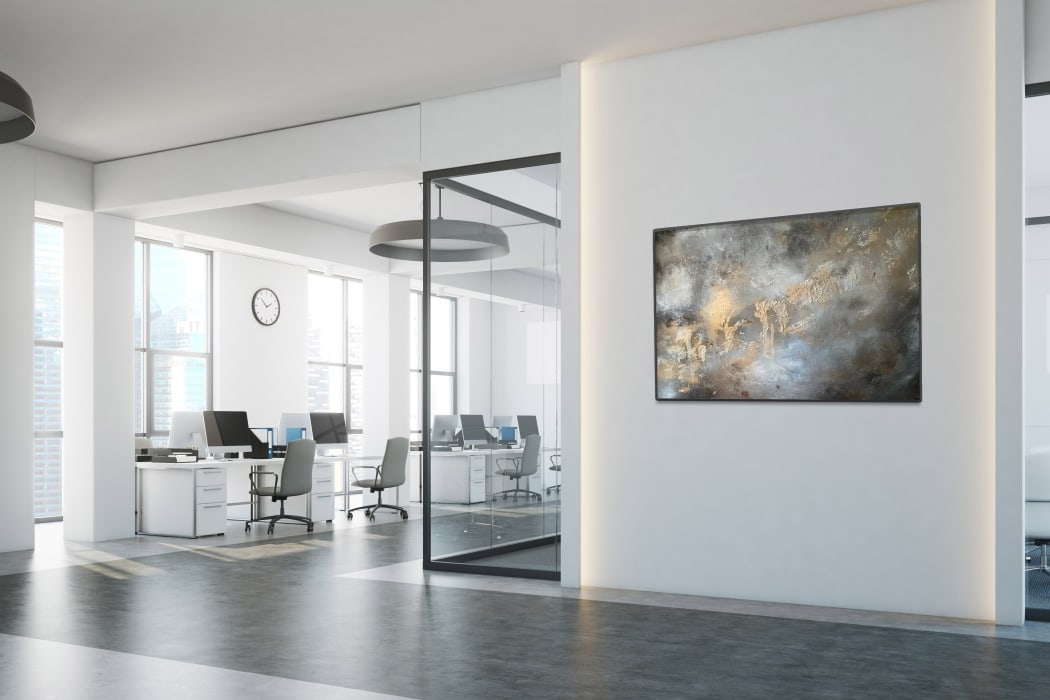
Showcasing art in the workplace can boost employee performance, the frame of mind, and physical well-being.
A significant amount of research studies administered in the past years have recognized countless ways — from the pragmatic to the unintentional — that positioning carefully-chosen art in the place of work can improve employee experience and accomplishment and assist in delivering the correct message to visitors.
-

The way most of us perceive art investors are in a way mystical with the presumption those individuals have billions of dollars in their bank accounts but in reality, nowadays art collection isn't exclusive only to the wealthy.
-
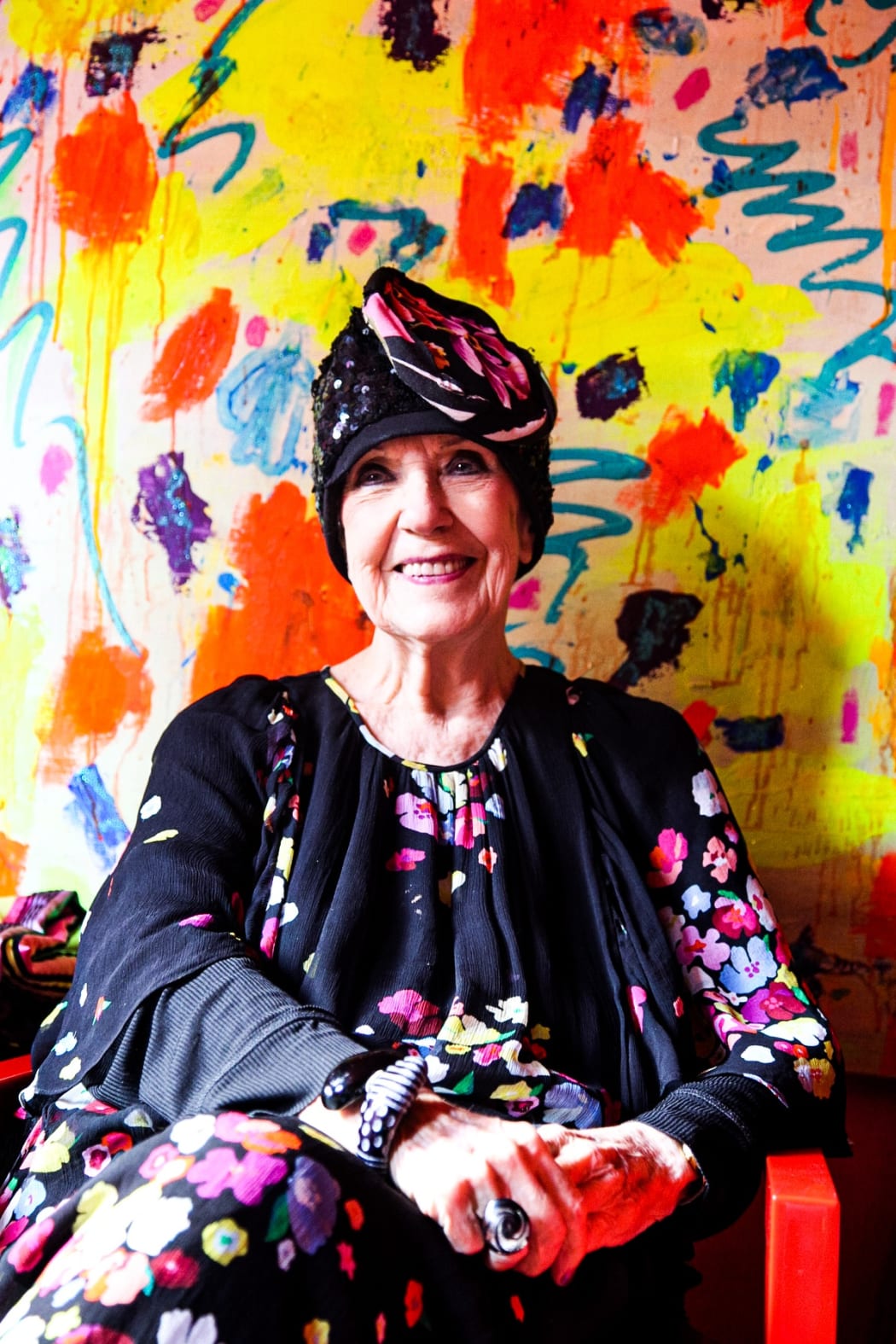
Molly Parkin was one of Andy Warhol’s contemporaries in New York City and formed part of the ‘swinging 60s’ London movement.She was Fashion Editor for some of the most iconic magazines from the 60s ranging from Vogue and Harpers & Queen, through to The Sunday Times Nova magazine, going on to win ‘Fashion Editor of the Year’ in 1971.
-
Takeover Tuesday with Athena Anastasiou
Affordable Art Fair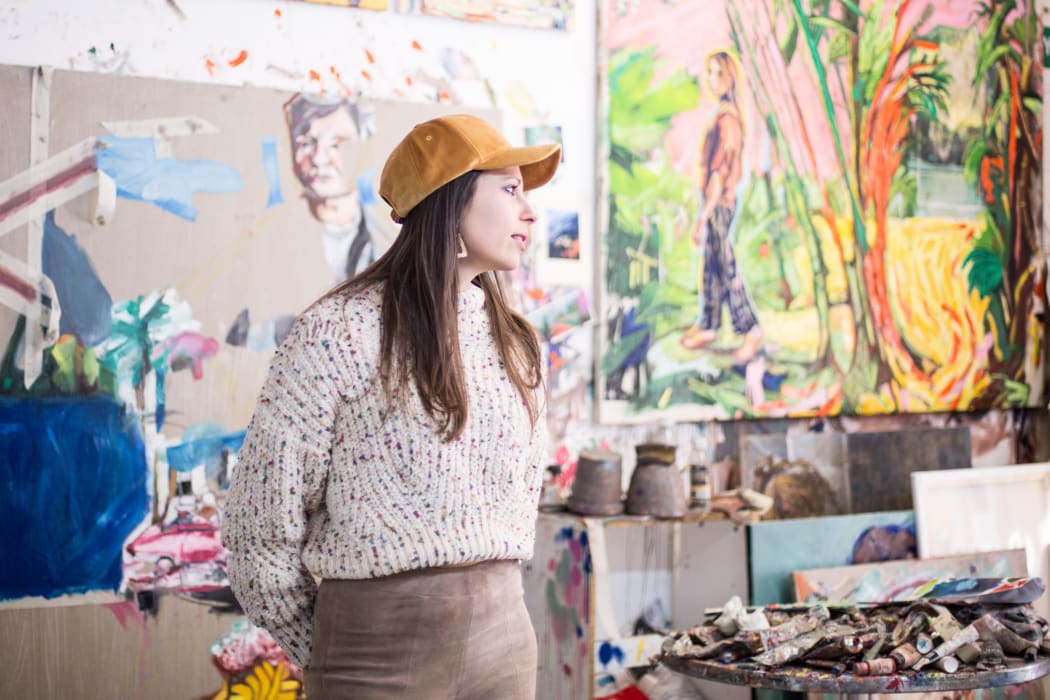
Athena creates empowering portraits that speak of this authenticity. She does this by getting to know the sitters' lives and their powerful life intentions and does her best to translate that through a photo first and then a painted portrait. Her work is also inspired by the book "Letting Go - The Pathway of Surrender" by David R. Hawkins which talks about mindfulness and provides effective tools to let go of lower grade emotions that do not serve you.
-

Nina works by building up multiple layers with a palette knife and then sanding, scoring, and erasing – constantly adding and subtracting to reveal or obscure memory of something previous. She uses elements of what she sees, predominantly from the landscape, paring down to simple abstraction.
-
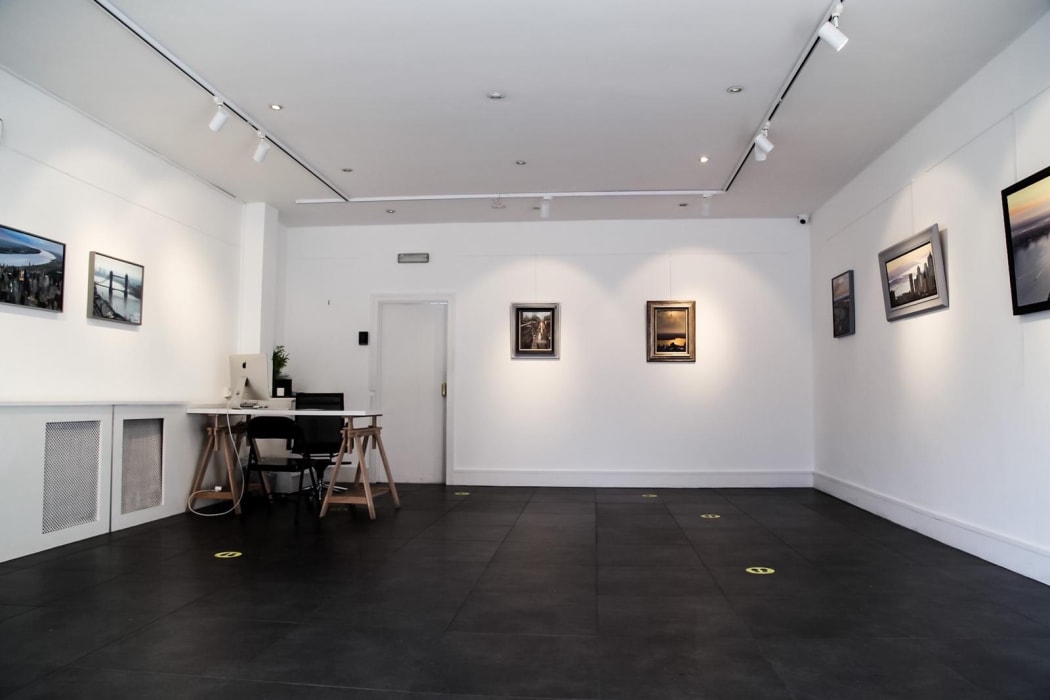
Cristobal Perez Garcia was born 1976 in Ãlora, Malaga, Spain and graduated in Fine Arts with a Major in Painting and Sculpture from the University of Granada, Spain.
-

Emerging artists have a long journey ahead of them, full of hardships and failures. Facing failures doesn’t necessarily mean that you don’t have what it takes to become a successful artist. However, if you are facing failure after failure or want to play smart and avoid making mistakes, you have come to the right place.
Most emerging artists don’t receive any support, be it financial or emotional. However, finding ways to move forward with your passion for art is all that it takes to reach your destination. People rarely buy emerging artists paintings, and at one point, your dreams might look far from reality.
-
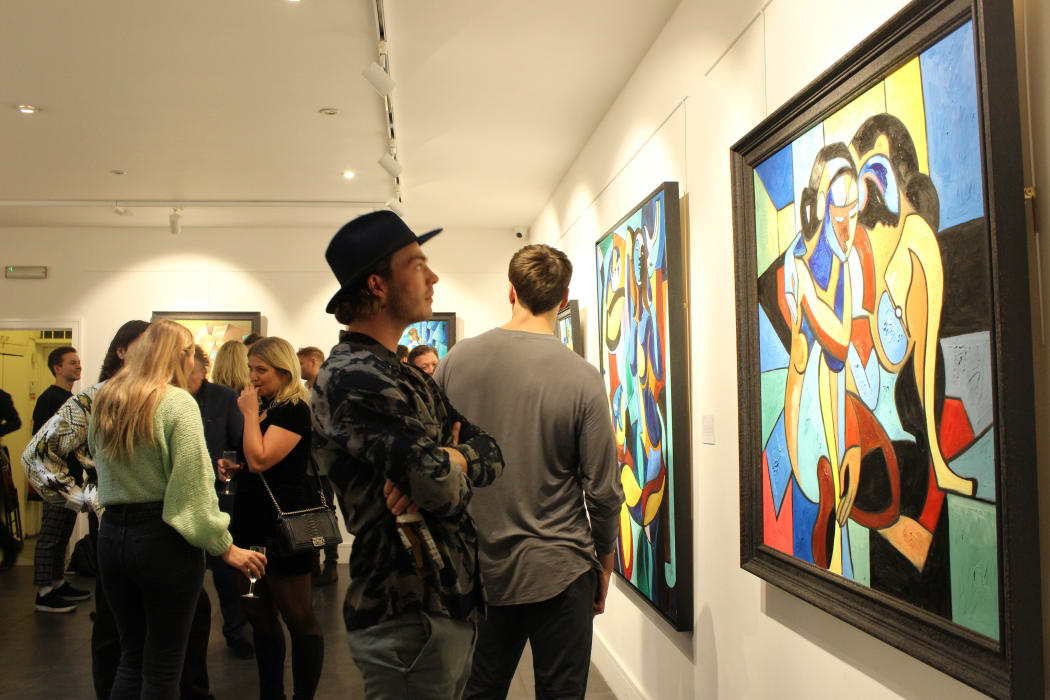 The number of art galleries in Chelsea, London, has been increasing, and people have acknowledged it as a great way to shape our society. Apart from the galleries, everything around is art, such as the music you listen to, our home décor, the way we dress up – literally everything.With the recent boom of social media, people have been enjoying artwork through their screens. However, to understand the texture, scale, true colors, and detailing of an artwork, it must be witnessed in-person. Plus, visiting an art gallery after so long can be a fun activity for everyone, improving community relationships. When you are visiting an art gallery, you make memories that you can cherish forever.
The number of art galleries in Chelsea, London, has been increasing, and people have acknowledged it as a great way to shape our society. Apart from the galleries, everything around is art, such as the music you listen to, our home décor, the way we dress up – literally everything.With the recent boom of social media, people have been enjoying artwork through their screens. However, to understand the texture, scale, true colors, and detailing of an artwork, it must be witnessed in-person. Plus, visiting an art gallery after so long can be a fun activity for everyone, improving community relationships. When you are visiting an art gallery, you make memories that you can cherish forever. -
Art in Corporate Spaces
5 Benefits of Art in the Workplace.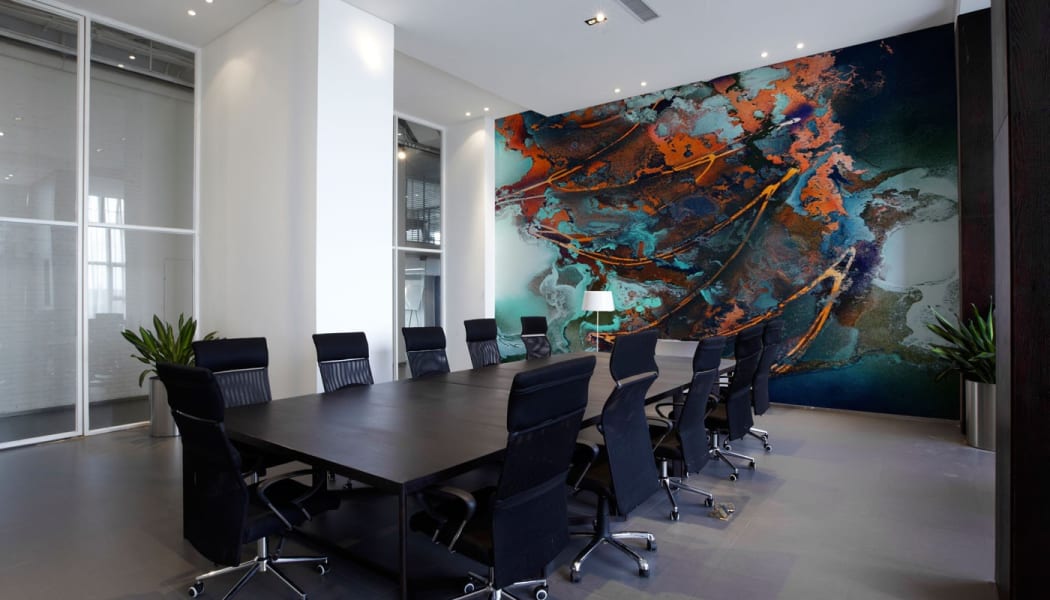
Summer is approaching and no doubt office staff have already planned their getaway from the busy city! Why not keep the team motivated in the lead up with uplifting and thought-provoking artwork.
-

With the current circumstances of the world in mind, people have been facing a lot of challenges in their daily life. People have started to feel social isolation and require an escape from reality. This is where art comes in to save everyone.
While art usually portrays our thoughts and feelings, it also promotes well-being and self-love. Studies have shown that people suffering from depression, anxiety, or even cancer can benefit from art in many ways.
-
We all know that even the smallest habits, such as nail-biting, could be hard to quit. However, our daily mental habits are even harder to break as they are infused in our everyday thought process, which is why breaking free from such a pessimist mentality is immensely important.
Art is something that comes to you naturally and in a positive environment. You cannot force yourself to draw or paint a masterpiece whenever you want. Removing some of the negative thoughts will keep you in the right headspace and away from any distractions while working. We have compiled a list of habits every artist should quit before making their big debut in any London gallery.